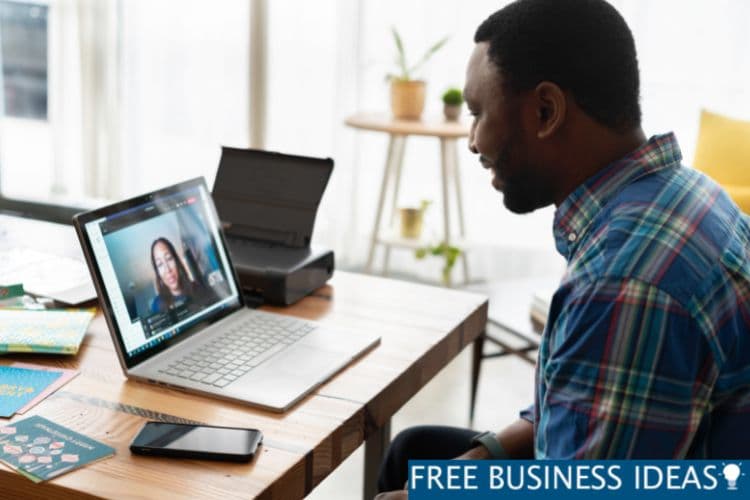In 2020, we all had to go online very quickly. Today, different video conferencing software is still in demand, as well as tips that will help organize an event online. We collected advice on what to pay attention to at each stage of an online event: from planning and gathering an audience to conducting and providing feedback after video conferencing.
Create an Event Page
Tip 1. Choose a capacious name, create a logo and description
Participants will see the name in the calendar, mailing lists, and posts on social media and decide whether to go to the event page or not.
The image on the event screen is displayed along with the title. This is the first thing the user sees. It should convey the essence of the event and who is holding it and be remembered by site users.
Users are most willing to register for events whose description in 3-4 paragraphs gives an idea of how useful they are for participants, what they will get to know, what the selection conditions are, etc. Therefore, write briefly, in simple language, and about the benefits.
Design Your Presentation and Speech
Tip 2. Consider the format and structure of the speech
You won’t get live feedback during the event, so don’t improvise even if you’re used to it. Plan your presentation ahead of time. This way, you don’t get off the topic, and participants get the maximum benefit.
Use quotes, memes, videos, and photos so members don’t get tired of listening to you.
Tip 3. Choose a large font, add illustrations, tables, and charts
You won’t have a big screen projector like at an offline event. It is better to make a minimum of the text of large size. Be sure to test the presentation on a laptop and phone because that’s how the audience will see it.
A structured diagram or table will help participants understand complex material faster, while a visual illustration will help them better absorb your content.
Prepare an Event
Tip 4. Choose a broadcast site
There is YouTube, an open meeting on Zoom, GoToWebinar, and other online meeting software. The main thing is that it is convenient for you and does not require the registration of participants, and the broadcast can be exported to YouTube. There are many white label video conferencing solutions that allow all these tools.
Tip 5. Test all functionality
The broadcast must be set up in advance; otherwise, something will definitely go wrong at the last moment. Test the functionality of the site or the online conference app and make sure you know everything: how to turn on the broadcast, share the screen, switch slides, stop the broadcast, etc.
Tip 6. Give a link to the broadcast in advance
As soon as the site is ready, put a link to your broadcast in the event section. Giving a link in advance is a useful online meeting solution.
Tip 7. Check the sound quality and internet speed
Choose a quiet venue with fast Internet, check the sound and picture quality, and make sure that open source video conferencing is ready.
Gather Your Audience
Tip 8. Call the audience and remind it
Invite attendees of past events, those with whom you were at events, subscribers, and friends. The easiest way is to make an email newsletter with an announcement and a registration link. Then:
- Post the announcement of the event on social media and professional communities where your audience is spinning.
- If you have a budget, advertise your event on social media and news and search resources that your audience uses.
Some organizers are afraid of being intrusive, but among those who have registered for the event, the reminder often evokes gratitude rather than irritation.
Be a Helpful Speaker
Tip 9. Start a little earlier
When a person is online, it’s too easy for them to leave to watch cat videos if the stream doesn’t start on time. It is better to get in touch five minutes before the start and warm up the audience than lose participants.
Tip 10. Stay the course
Stick to the presentation plan. Even if a brilliant idea dawned on you, don’t go off topic. It is important to keep the timing and the rhythm of the performance.
Tip 11. Invite another speaker or expert
Dialogue is easier to listen to than a monologue, especially if speakers have slightly different opinions. Invite a colleague to host an event with you and see how the audience perks up.
Tip 12. Call for help
It’s hard to keep track of the audio, switch slides, and give advice to latecomers at the same time. Therefore, if possible, ask another person to follow the broadcast while you are speaking. This way, you will avoid technical overlays and will not be distracted.
Keep in Touch After the Event
Some organizers refuse feedback because they are afraid of negative one. However, when you can’t see your audience, you need this source of information more than ever.
Don’t forget to save your stream when you’re done. This way, it will remain available on the site and will attract a new audience, and you will be able to use the recorded video.
